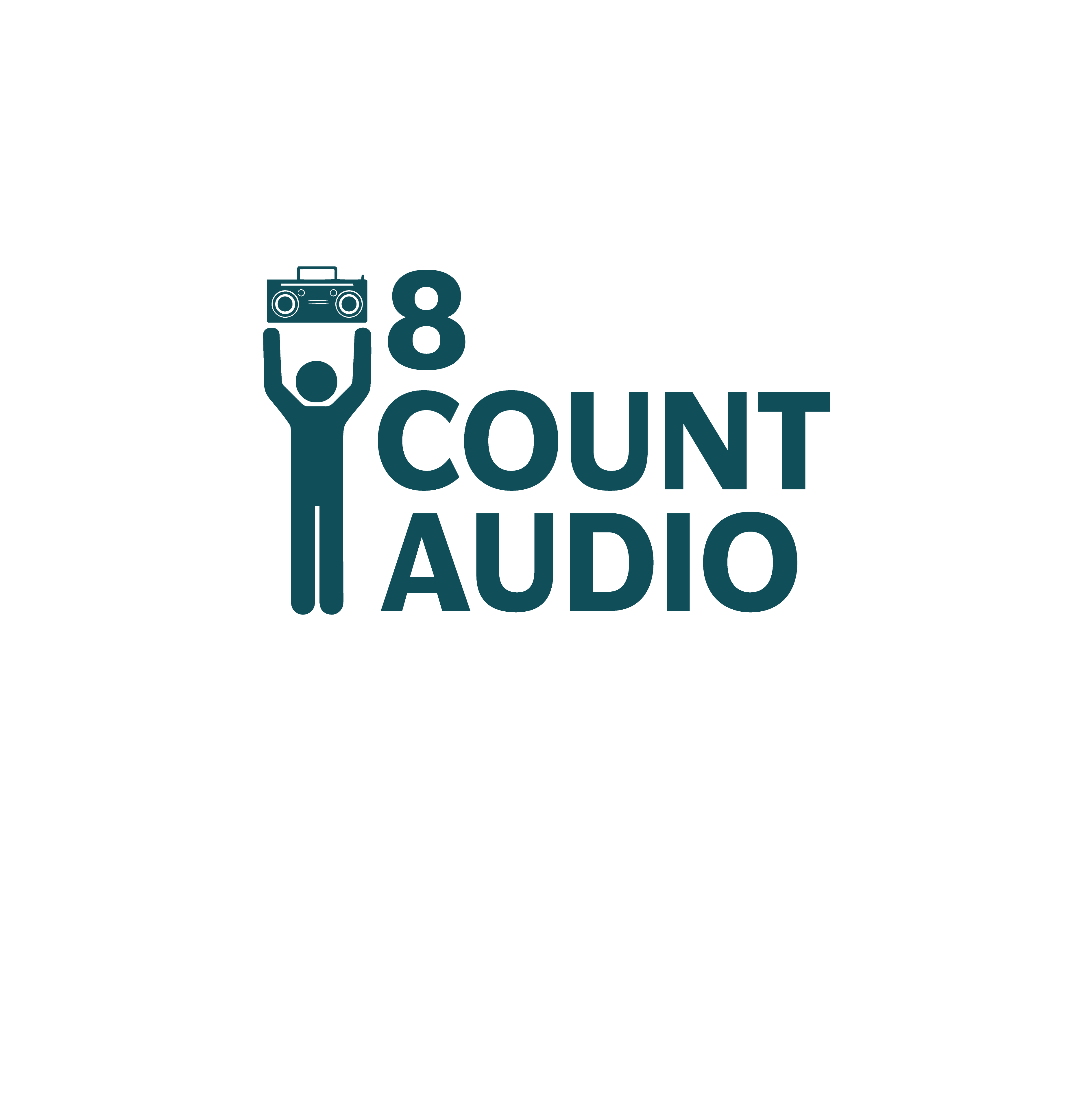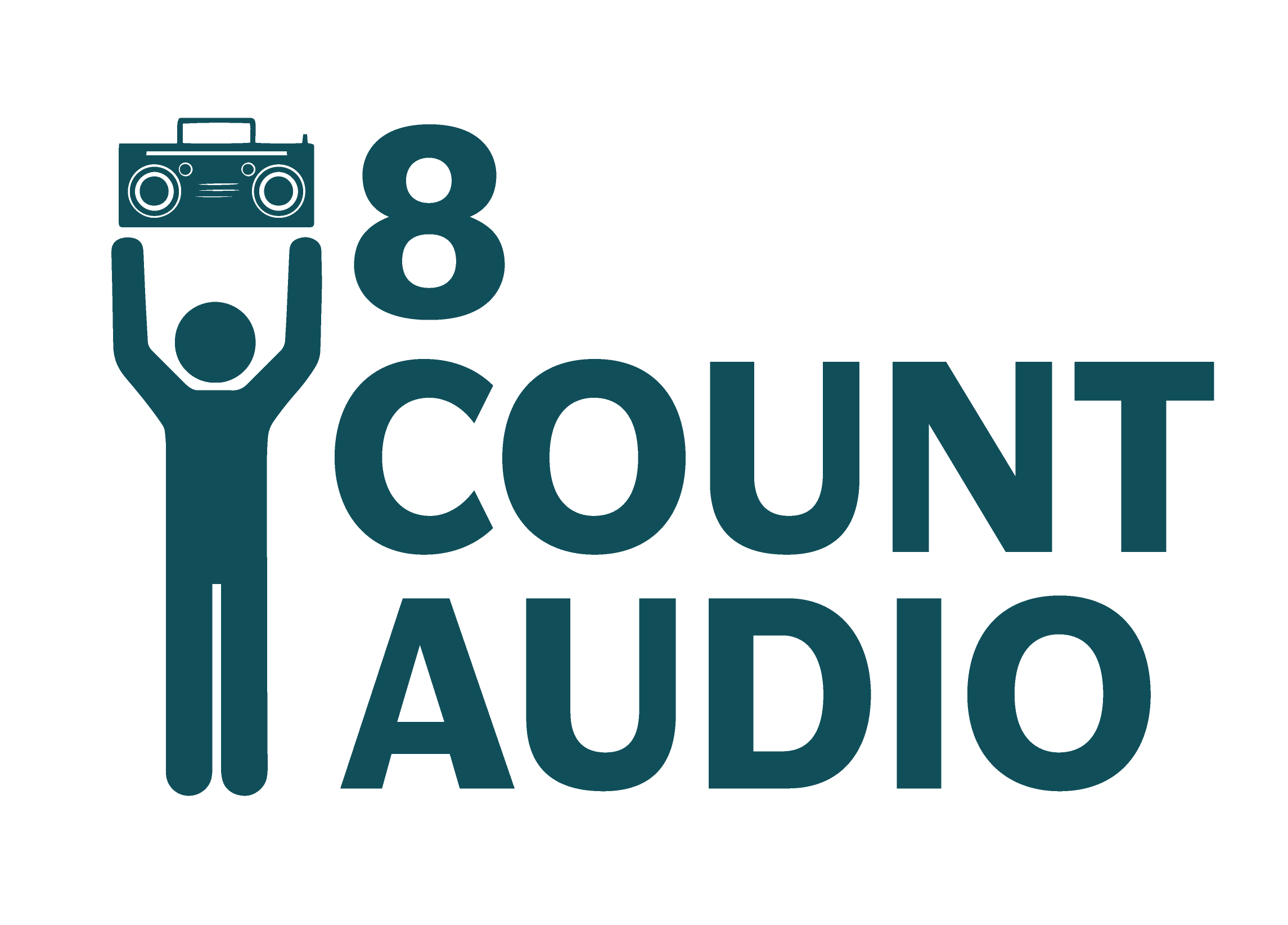3 Things You Need In Your Pom Routine
by Taylor Babcock, 8CA Staff Writer
[Waubonsie Valley Dance Team alum Taylor was part of the program’s rapid rise over the past few seasons. If you’re relatively new to choreographing a pom routine, read on for some fundamentals in putting together a solid dance!]
There are a few things that I believe every great pom routine contains: sharpness, transitions, and technique. In this piece, I will dive deeper into those three areas and talk about why they are important and how individuals, as well as a team, can improve on them.
1: Sharpness
The way I describe sharpness, or being sharp, is hitting and stopping every motion by using almost all of the muscles in your body. As a dancer myself, my coaches always used to tell us that they should see the energy exuding from us. Energy and sharpness are definitely places where teams can lose points so here are a couple ways to become sharper while you dance:
- Build up strength and muscle: One of the biggest keys to being sharp is flexing your muscles; however, in order to do that you must first have muscle to flex. Some of my favorite ways to build arm muscle are push-ups, mountain climbers, and tricep dips; and some of my favorite ways to build up leg muscle are squats, lunges, and wall sits.
- Focus on your core/center: Always engage your core while dancing and performing a routine. This is important because your center is what aligns your entire body. When you engage your center (flexing your core muscles) you are able to have better control of your movements. Whether it be quick, sharp movements or slow, flowy movements, an engaged center will allow you to do both and switch back and forth between the two.
2: Transitions
The dictionary definition of transition is the process or a period of changing from one state or condition to another. So, in the dance world a transition is usually the term we use to refer to changing from one formation to another. While having unique formations is also extremely important, judges usually take off more points when a routine has poor transitions. The biggest issue is a lot of the times as choreographers for pom routines, the first thing our mind comes up with is walking with pom arms or motions. These are good for about one or two transitions in a routine, however after that they become boring and unoriginal. Some of my personal favorite transitions are the ones that include group work of some sort, or some type of rotation- whether that be rotating the formation, or physically turning to your next formation. Transitions are tricky and you might have to try out a few different ideas with your team before deciding on the perfect one for that piece of music.
3: Solid technique
Lastly, technique is a necessity in any type of routine you are performing. However, it is especially important in pom because of how fast the skills usually need to happen. My best advice for technique and skill to use in a fast-paced, hard hitting routine (such as pom) is something that pops and catches the human eye. Some suggestions of these would be toe-touches, tilt jumps, lifts, herkies, etc. Another big piece of advice I have is to have a couple of skills that your team can perform well as a whole. The “pop” has a much bigger effect when there are more dancers involved in it!
Pom routines always have the potential to be some of the most entertaining pieces at a competition because they usually tell some sort of a story. The three elements of sharpness, transitions, and technique only help to tell the story a little bit better.


